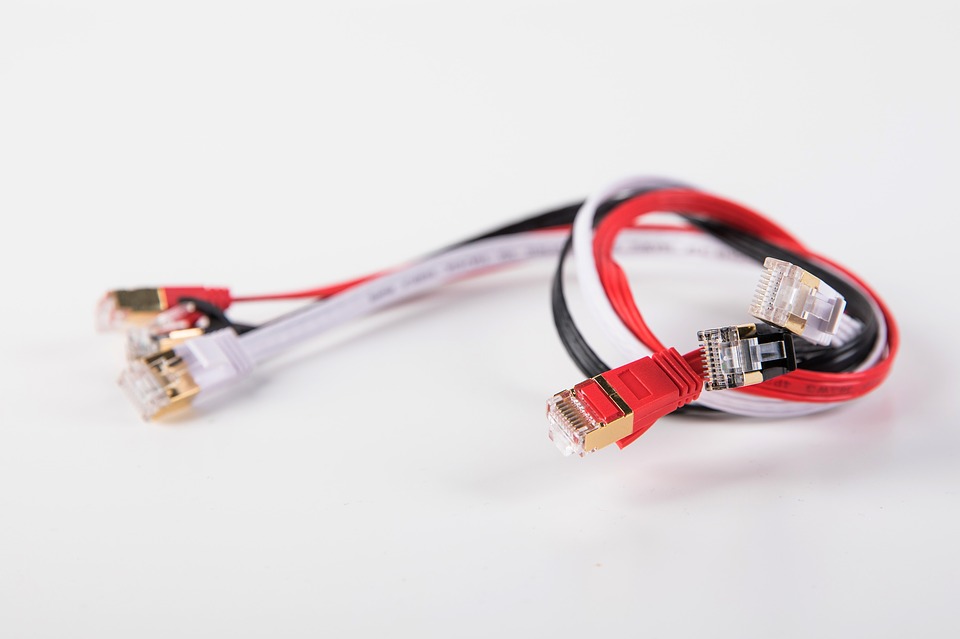
Not all types of cable feature straight conductors. Some types feature insulated conductors that are twisted together in sets of two. Known as twisted pair cable, it’s commonly used for telecommunications.
Twister paid cable features multiple insulated conductors. The insulated conductors are essentially wires with a protective exterior covering them. As its name suggests, twisted pair cable features pairs of conductors that are twisted together. Below are five facts about twisted pair cable.
#1) Improves Electromagnetic Compatibility
Twisted pair cable improves electromagnetic compatibility. Electromagnetic interference is common with cables. As electricity travels through the individual conductors of a cable, they’ll produce electromagnetic interference. Twisted pair cable reduces electromagnetic interference by using pairs of twisted conductors.
#2) Invented By Alexander Graham Bell
While known primarily for inventing the modern telephone, Alexander Graham Bell also invented twisted pair cable. Bell invented twisted pair cable in 1881. By the turn of the 20th century, the United States’ entire telecommunications infrastructure leveraged twisted pair cable. Even today, twisted pair cable is still used for telecommunications.
#3) Typically Made of Copper
Most twisted pair cable is made of copper. Copper, of course, is recognized as being an excellent conductor of electricity. Therefore, it’s used to create the conductors for twisted pair cable. Most twisted pair cable features copper conductors measuring 22 or 24 American Wire Gauge (AWG). With copper conductors, electricity can easily travel through twisted pair cable.
#4) Used in Computer Applications
Twisted pair cable is used extensively in computer applications. When compared to other types of cable, such as coaxial, it allows for faster data speeds. Twisted pair cable can carry data faster than its coaxial counterpart, making it preferable for computer networks. Along with its fast data speeds, twisted pair cable is inexpensive, easy to install and offers protection against electromagnetic interference.
#5) Shielded and Unshielded
There’s shielded twisted pair cable, and there’s unshielded twisted pair cable. Shielding isn’t the same as insulation. Insulation covers each conductor for the purpose of protecting them against physical damage. Shielding, conversely, covers pairs of conductors to shield them from electromagnetic interference.
Twisted pair cable already offers a high level of protection against electromagnetic interface. With the conductors twisted together in pairs, they are less susceptible to electromagnetic interface. Shielding simply adds another level of protection by shielding the conductors. Regardless, some types of twisted pair cable are shielded, whereas other types are unshielded.

